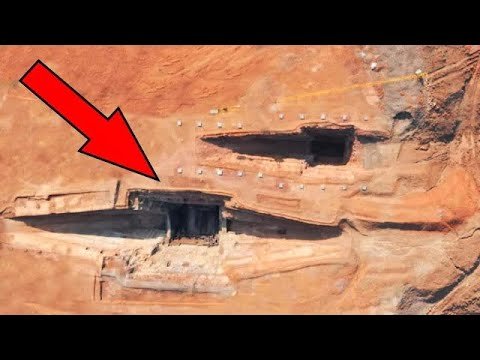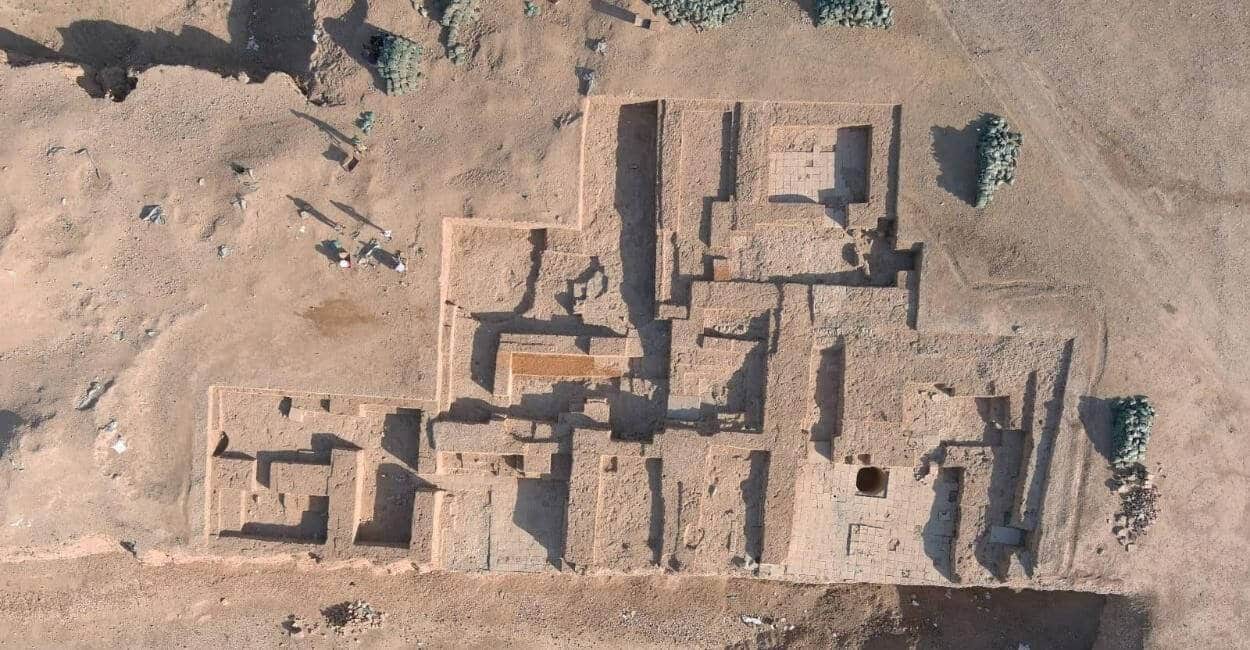On the majestic slopes of Mount Lauvhøe in Norway, an astonishing discovery has recently emerged from the thawing ice—a 4,000-year-old Stone Age arrow shaft. This relic, hidden away for millennia, now provides an enthralling glimpse into ancient hunting practices.
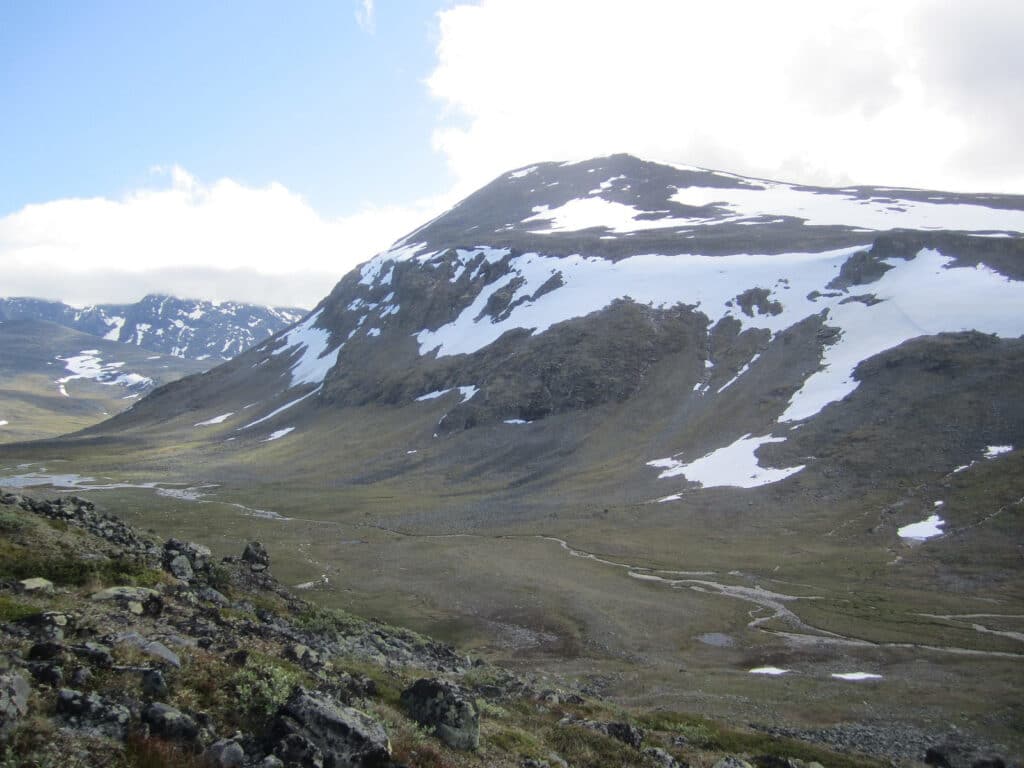
Mount Lauvhøe, located in Norway’s Lom Municipality, is no stranger to hikers and adventurers. But for the archaeologists from “Secrets of the Ice,” a group associated with Norway’s Department of Cultural Heritage, the mountain’s icy paths offer a captivating mystery. For years, they’ve diligently scoured the frozen terrains, unearthing items that narrate tales of a time long gone. And this recent discovery? It’s a testament to their unwavering dedication.
This isn’t their first noteworthy find. Secrets of the Ice have previously unveiled numerous arrow shafts from the Iron and Middle Ages. On one memorable occasion, they even stumbled upon a 4th-century AD Roman sandal. But the newly discovered arrow is a game-changer. Predating other Lauvhøe artifacts by at least 2,000 years, its pressure-flaked stone design is quintessentially Stone Age. And once radiocarbon dating on the wood sample concludes, we’ll have a clearer timeframe for this ancient artifact.
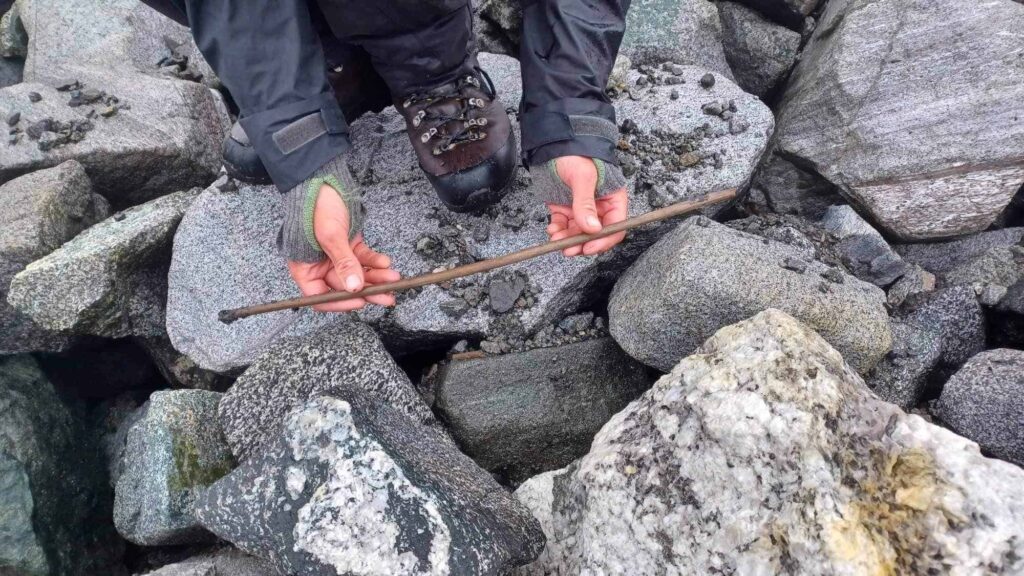
So, who used this arrow, and why was it abandoned? Most likely, it was the tool of a Stone Age hunter, possibly targeting reindeer. These animals, seeking relief from the summer’s biting flies, would ascend the icy mountain heights. Hunters would then stealthily trail their prey, waiting for the opportune moment to strike. This particular arrow, however, seems to have missed its mark, destined to lay beneath the snow for thousands of years. As Lars Holger Pilø, co-director of Secrets of the Ice, remarked to NPR, “Sad for the hunter but a bull’s eye for archaeology!”
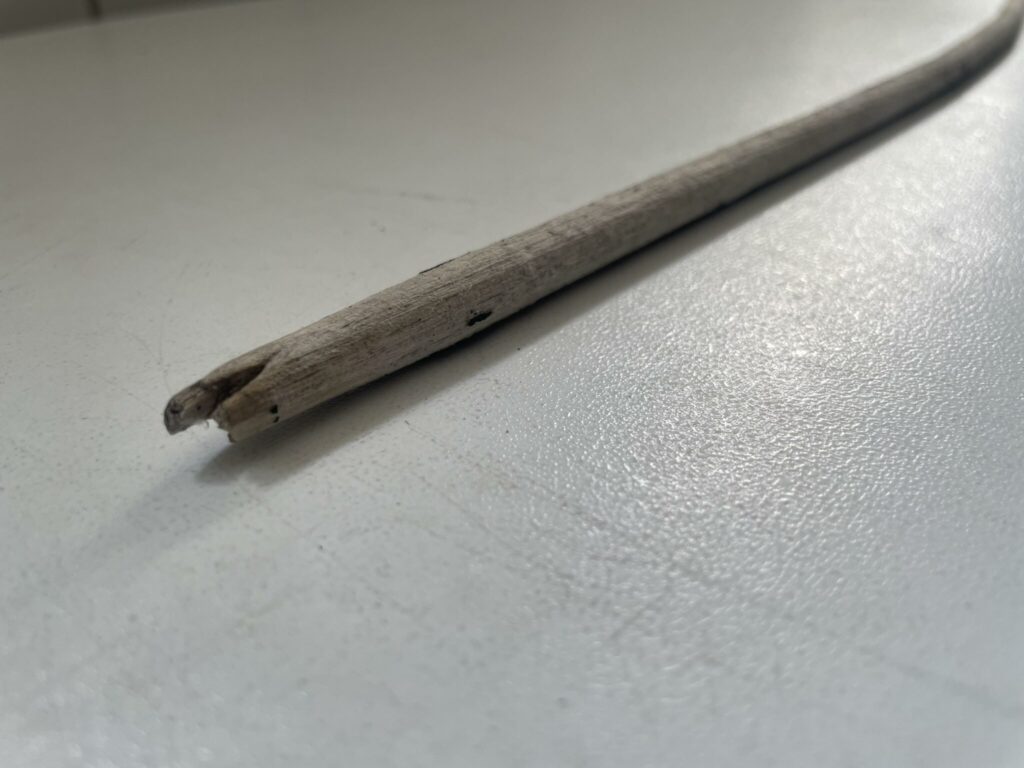
The significance of this discovery extends beyond the arrow itself. Norway boasts 66 such ice sites, nature’s very own museums where time appears to stand still. Over 4,000 archeological treasures are enshrined within these icy vaults, preserved for posterity. These sites act as time capsules, or as an archeologist beautifully articulated, “The ice is a time machine.” Each melting layer unravels age-old secrets, reconnecting us with our predecessors.
As global temperatures rise and more ice melts, we can anticipate even more revelations from the icy grip of Mount Lauvhøe. What ancient tales, we wonder, are still waiting to be told?
- Unearthing the Secrets of the Great Sphinx: Lost Relics Resurface - November 19, 2023
- 5 Most Incredible Archaeological Discoveries of Recent Times - November 17, 2023
- Uncovering 3 Mysterious Ancient Battle Artifacts - November 15, 2023

